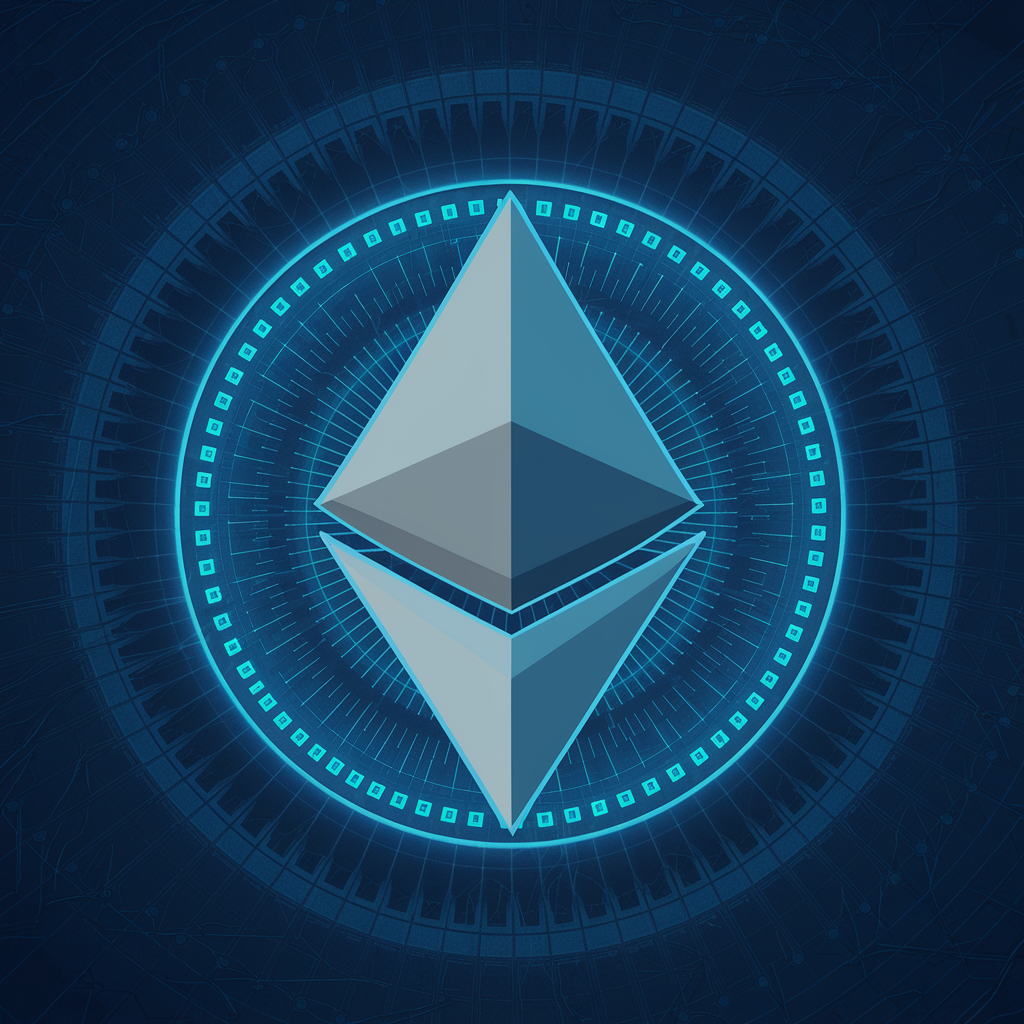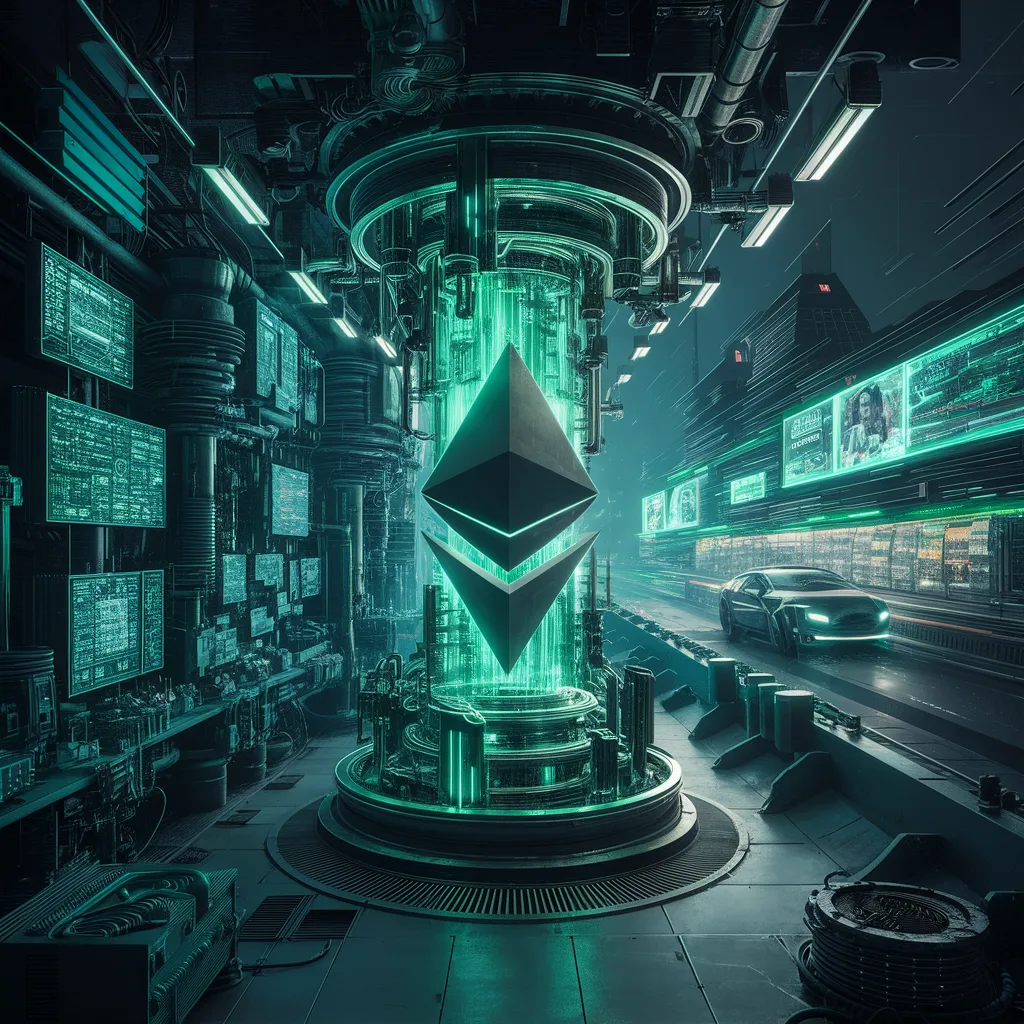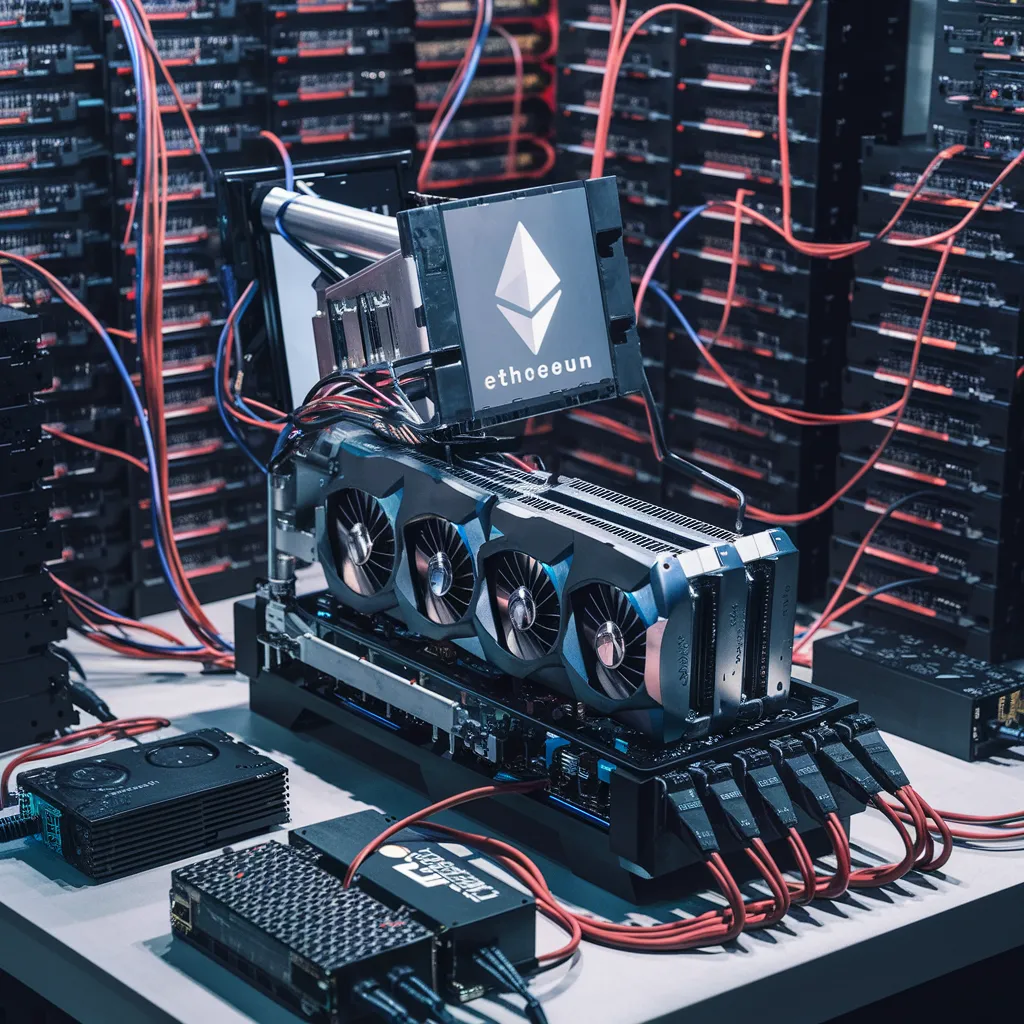
Mining Ethereum has become a well-liked method of obtaining money through the verification and logging of transactions on the network. You will learn all the necessary techniques, resources, and methods to mine Ethereum efficiently by following this tutorial.
What is Ethereum Mining?
Through the use of processing power to solve challenging mathematical puzzles, Ethereum mining verifies transactions before adding them to the blockchain. Ethereum (ETH) is given to miners who are successful in exchange for their labors. This procedure is essential to preserving the network’s integrity and security.

Crucial Hardware for Mining Ethereum

GPUs, or graphics processing units
The Graphics Processing Unit (GPU) is the main piece of gear needed for Ethereum mining. Because GPUs are more efficient at processing the intricate computations required in mining, they are favored over CPUs in this regard. Several GPUs are typically used in a mining machine to enhance hashing power.
Additional Hardware Parts
- Motherboard for mining: Allows for multiple GPU support and connects all parts.
- Efficiency of the power supply unit (PSU): Powers the rig, is essential to reducing energy expenses.
- RAM & Storage: Provides support for both mining software and the operating system.
- Cooling Solutions: Keeps the temperature at ideal levels to avoid overheating.
- Custom Case: Required to accommodate many GPUs and provide enough airflow.
Configuring Your Mining Equipment

- Establish an Ethereum Wallet: Make an Ethereum-based cryptocurrency wallet to keep your revenue before you begin mining.
- Choose the Right Mining Hardware: Considering your budget and performance needs, select GPUs and other parts.
- Set up the mining software: Ethminer, PhoenixMiner, and Claymore are a few well-liked choices.
- Participate in a Mining Pool: Pool mining combines your computing power with other miners to boost your chances of receiving regular payouts.
Methods of Mining
Pool Mining
The quickest and easiest method to get started is via pool mining. Joining a mining pool increases the possibility of solving a block and receiving rewards by pooling your resources with those of other miners.
Individual Mining
You solve blockages on your own when mining solo. In contrast to pool mining, the odds of successfully mining a block are smaller, despite the increased payouts.
Mining Clouds
Paying a third party to mine on your behalf is known as cloud mining. Although this approach does away with the requirement for hardware, there are expenses and hazards associated with it.
Aspects of Profitability
Ethereum mining can be financially rewarding, but it’s important to take into account all related expenses, such as those for gear, power, and cooling. The profitability is also dependent on your hash rate, mining difficulty, and Ethereum’s current price.
Safety and Energy Efficiency
Mining requires a lot of energy. Reducing expenses and environmental effect can be achieved by implementing energy-efficient methods. Furthermore, make sure your mining setup is safe by taking care of any potential fire threats and keeping the right ventilation in place.
Remaining Acquired
The world of cryptocurrencies is always changing and evolving. Long-term success depends on remaining up to current on Ethereum developments, legislative changes, and new mining methods.
Ethereum Mining’s Future
The switch by Ethereum from Proof of Work (PoW) to Proof of Stake (PoS) will have a big effect on conventional mining techniques. Instead of mining, users may become validators and receive rewards by staking their Ethereum under the PoS paradigm.
Conclusion:
If done correctly, mining Ethereum may be a lucrative endeavor. You may optimize your mining efforts and reap significant profits by being aware of industry advancements, selecting the appropriate mining method, and comprehending the hardware requirements. Maintaining profitability as the Ethereum network develops will depend on your ability to adjust to new developments.
FAQS:
Hash rate, mining difficulty, and luck are some of the variables that affect how long it takes.
Yes, but it will cost you a lot of money in terms of power and hardware.
Purchase gear, set up mining software, and sign up for a mining pool.
Prices for power, location, and hardware efficiency all affect costs.

